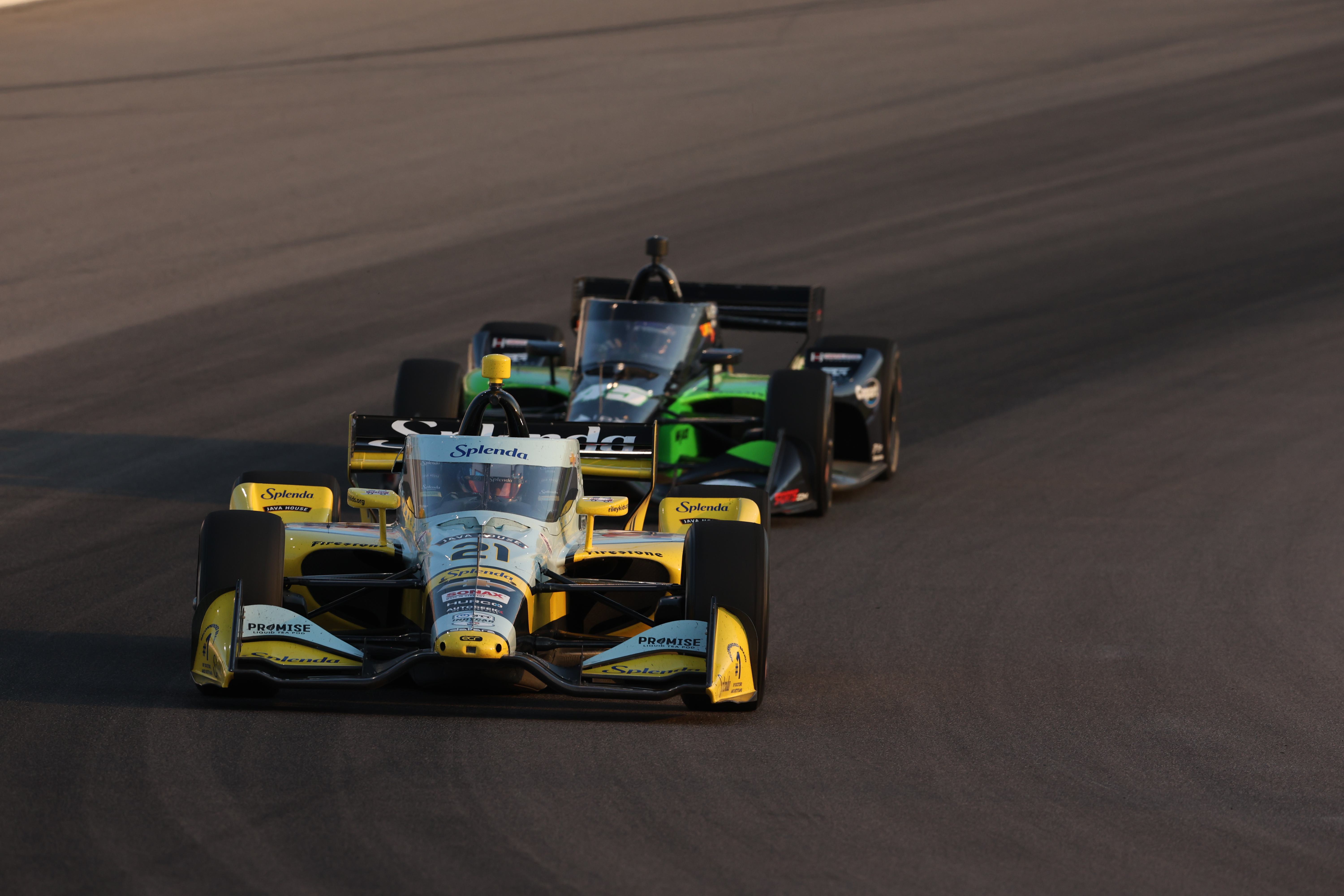Unlocking the Power of Formula 1 Downforce
- Samir Khoder
- Mar 31, 2023
- 2 min read
Written By Samir Khoder, Edited By Yu Xin Wang

Downforce: What is it?
Downforce is a force that pulls the vehicle closer to the ground, which increases the vehicle’s stability and grip. This enables the driver to accelerate into corners without having to worry about swerving off the track. Downforce is produced by the car's aerodynamic components, such as the wings, diffusers, and spoilers.
How Exactly Does Downforce Work?
The wings, diffusers, and spoilers, which create a low pressure area on the top of the car, causes the air to push the car towards the track. Downforce also helps to reduce drag, allowing the car to reach higher speeds on the straights. This is why Formula 1 cars are designed to be as aerodynamic as possible, to maximize the amount of downforce generated.
How is Downforce Measured?
Downforce is measured in pounds of force per square foot (lbf/ft2). This represents the amount of force that is pushing the car towards the ground. The higher the number, the more downforce the car's aerodynamic components are producing.
Formula 1 teams measure the amount of downforce produced by their cars using sophisticated wind tunnels and computer simulations. They then use this data to optimize the car's aerodynamic performance and maximize the amount of downforce generated by the car.
Downforce vs. Drag
Downforce and drag are two different forces that act on the car. Downforce pushes the car towards the ground, while drag slows it down. The ideal setup is to have as much downforce as possible, and at the same time, as less drag as possible. Teams in Formula 1 use aerodynamic components to increase downforce while reducing drag. This allows the car to reach higher speeds on the straights while still providing the driver with the grip and stability needed to take corners at high speeds.

The Benefits of Downforce
Downforce has many benefits for Formula 1 cars. It increases the car’s grip, allowing the driver to take corners at higher speeds without sliding off the track. It also minimizes drag, allowing the car to reach higher speeds on the straights.
Downforce also helps to improve the car's overall performance, as it reduces tire wear and increases the car's stability. This allows the driver to push the car to its limits without having to worry about losing control.
Conclusion
Downforce is an essential part of Formula 1 racing. Not only does downforce improve the car’s grip and stability, but it also reduces drag. With this, the driver can push the car to higher speeds at corners and on straights.
To boost the amount of downforce generated, it is essential to reduce drag. Therefore, Formula 1 teams use aerodynamic parts such as the wings, spoilers and diffusers, to maximize downforce while minimizing drag. This allows the car to reach higher speeds while still providing the driver with the grip and stability needed to take corners.








